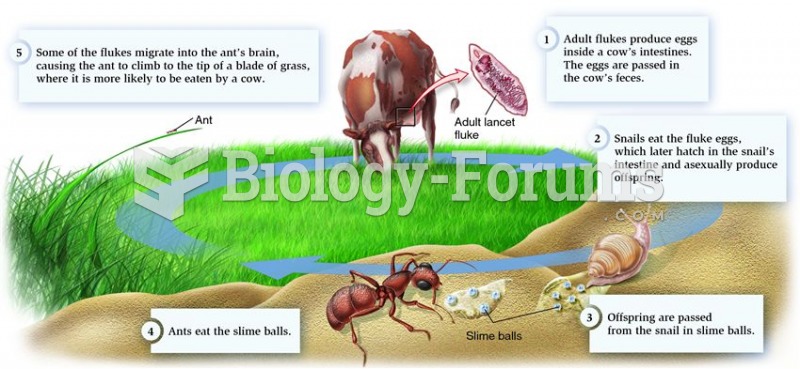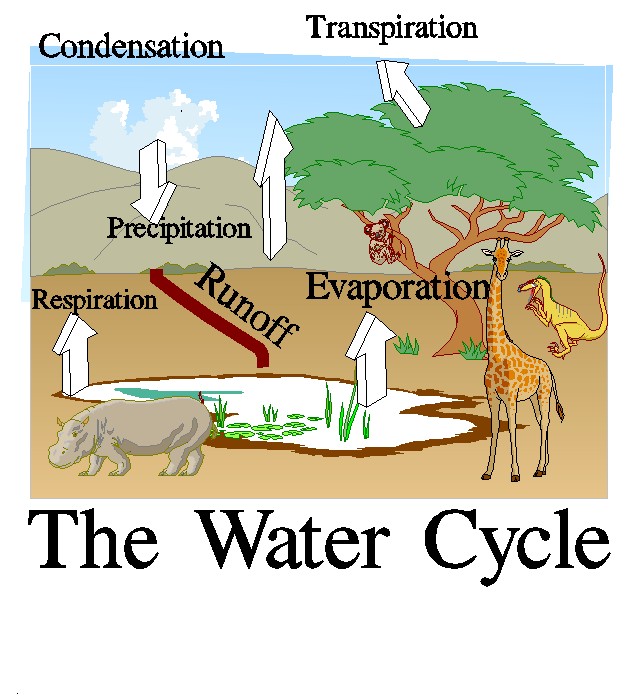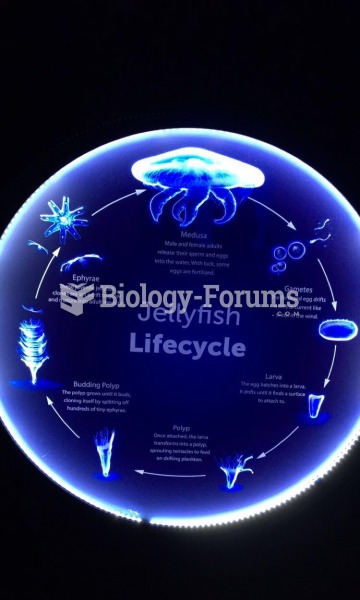Answer to Question 1Nitrosomonas bacteria convert ammonia into nitrites, and then Nitrobacter bacteria convert the nitrites into
nitrates. Nitrates may inhibit the growth of fish, but they are not nearly as toxic as ammonia. Nitrites and
nitrates may be utilized by plants in the aquarium
Answer to Question 2The purpose of the filter is to remove solid waste and uneaten food materials from the water. Filter systems
work in one of three ways: through the mechanical removal of waste and food materials, by chemical removal
of dissolved materials, and by biological filtration or convection of harmful substances into harmless ones.
Older aquariums used internal mechanical filters driven by airstones. As the air rose, this pulled the water
through the media in the box. The media separated the waste and food materials out of the water, and the
water was returned to the tank. Newer models still use the air-driven uplift principle but instead use external
box filters or internal sponge filters.
Most aquariums today use a power filter with an electric motor connected to an impeller by a magnetic
device through the wall of the filter box. By not housing a drive shaft through the filter box, there is less chance
for leaks in the system. A power filter increases water flow through the filter media and removes more waste
materials. It is important that the connection of the return hose to the aquarium be secure. If the hose is loose,
large amounts of water can be pumped onto the floor, and the entire tank could possibly be emptied. Undergravel
filters and internal and external canister filters are now available with the use of electric power pumps.
There are at least a half-dozen different types of chemical filtration units on the market today. One method
of chemical filtration is accomplished with the use of activated charcoal; the charcoal soaks up dissolved
minerals and chemicals. Activated charcoal can be placed in box filters, or return water can flow through the charcoal. The charcoal must be replaced periodically as it reaches a point where it can no longer absorb dissolved
material.
Aeration is achieved by the use of electrically driven air pumps; pumps are either a vibrator-diaphragm
type or a rotary-vane type. Pumps are available in several sizes; the size needed depends on the size of the
aquarium, the number of airstone filters, and other equipment used.
Biological filters neutralize toxic substances, especially ammonia excreted from fish during respiration
and produced from decaying waste and food materials. In this system, a slotted plastic plate is placed in the
bottom of the aquarium. A two- or three-inch layer of gravel is placed over the slotted plate; the gravel should
be 0.125 inch in diameter. Gravel that contains large particles allows food to fall into the spaces around the
gravel and decay; too small particles block the action of the air pump. Marine aquariums should have coral
sand placed above the slotted plate. In some aquariums, peat should be placed over the slotted plate. The slotted
plate has an uplift tube on the corner; this tube should be placed at the back of the aquarium. When the
tank is filled, an air line with an aerator attached is placed down the uplift tube. This line is connected to an
air pump. Air is pumped down the line and through the airstone. As air bubbles rise in the uplift tube, water
is drawn through the gravel, up through the uplift tube, and back into the aquarium at the surface. The gravel
layer acts as a filter for suspended particles in the water. After several hours of aeration, colonies of aerobic
bacteria (bacteria that use oxygen) will begin to grow in the gravel; this process is called nitrification







